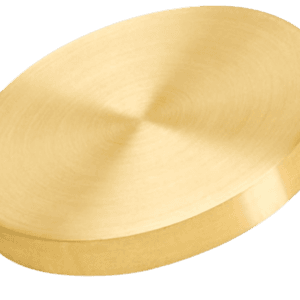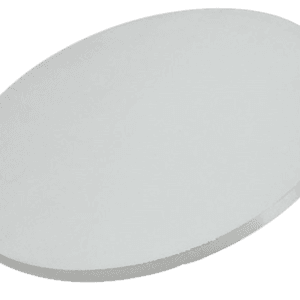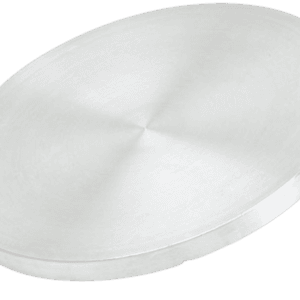Chromium Boride Sputtering Target Description
Chromium Boride Sputtering Target is used in the sputtering process, a technique for depositing thin films onto substrates. During sputtering, high-energy ions bombard the target material, causing atoms or molecules to be ejected from its surface. These ejected particles then deposit onto a substrate, forming a thin film.
Chromium boride sputtering targets are employed in applications such as creating coatings that enhance the wear resistance of tools, increase the durability of surfaces, or impart specific optical or electrical properties.
Related Product: Chromium Boride Sputtering Target
Chromium Boride Sputtering Target Specifications
| Compound Formula | Cr5B3 |
| Molecular Weight | 292.41 |
| Appearance | Gray target |
| Melting Point | 1900 |
| Density (g/cm3) | 6.1 |
| Available Sizes | Dia.: 1.0″, 2.0″, 3.0″, 4.0″, 5.0″, 6.0″ Thick: 0.125″, 0.250″ |
Chromium Boride Sputtering Target Handling Notes
Indium bonding is recommended for Chromium Boride Sputtering Targets due to the material’s characteristics that may not be suitable for sputtering on its own. These characteristics include brittleness and low thermal conductivity. Chromium boride has a low thermal conductivity and is susceptible to thermal shock, making indium bonding a preferable method to ensure stable and efficient sputtering performance.
Chromium Boride Sputtering Target Application
Chromium Boride Sputtering Targets are widely used in various applications, including photovoltaic, thermoelectric, and optoelectronic devices.
Chromium Boride Sputtering Target Packaging
Our Chromium Boride Sputtering Target is widely used in the production of coatings to improve wear resistance, enhance surface durability, and provide specific optical or electrical properties.
Get Contact
TFM offers Chromium Boride Sputtering Targets in various forms, purities, sizes, and prices. We specialize in high-purity thin film deposition materials with optimal density and minimal grain sizes, which are ideal for semiconductor, CVD, and PVD applications in display and optics. Contact Us for current pricing on sputtering targets and other deposition materials that are not listed.





Reviews
There are no reviews yet.